Interesting Ideas for Decorating Homes Suitable for Hot Climates
Article by Sopit SUCHARITKUL

In Thailand, particularly in bustling Bangkok, we rely heavily on cooling appliances such as fans and air conditioners regardless of the season or day. This reliance is due to the impact of global warming and pollution, which have significantly changed our planet’s climate. Despite our awareness of these factors, the relentless heat often forces us to quickly resort to air conditioning, even seeking refuge under the shade of our own roofs.
However, thoughtful home decor can help alleviate this heat, create a comfortable atmosphere, and reduce the need for air conditioning. Here are some practical ideas to achieve this:
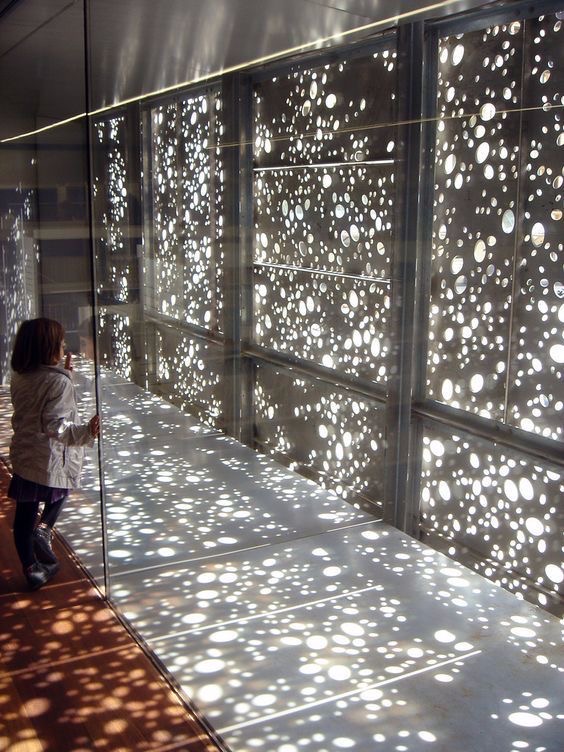
1. Firstly, consider the orientation of your house or condo. Where do the windows face? If they face east, they will receive direct sunlight until around noon, approximately 4 hours per day. If they face west, they will receive direct sunlight and heat in the afternoon, almost 6 hours per day. Meanwhile, windows facing north or south will receive indirect sunlight and light, which helps prevent excessive heat buildup inside the house or condo.
There are several ways to reduce heat from sunlight entering through windows. Apart from using various types of curtains such as sheer, blackout, or roller blinds, you can also utilize shutters and vertical garden decorations to help shade the sunlight from outside and add more shade inside the house. In some cases of excessive sunlight, decorative partition walls can be used to reduce incoming light and can also serve as decorative elements for the building.

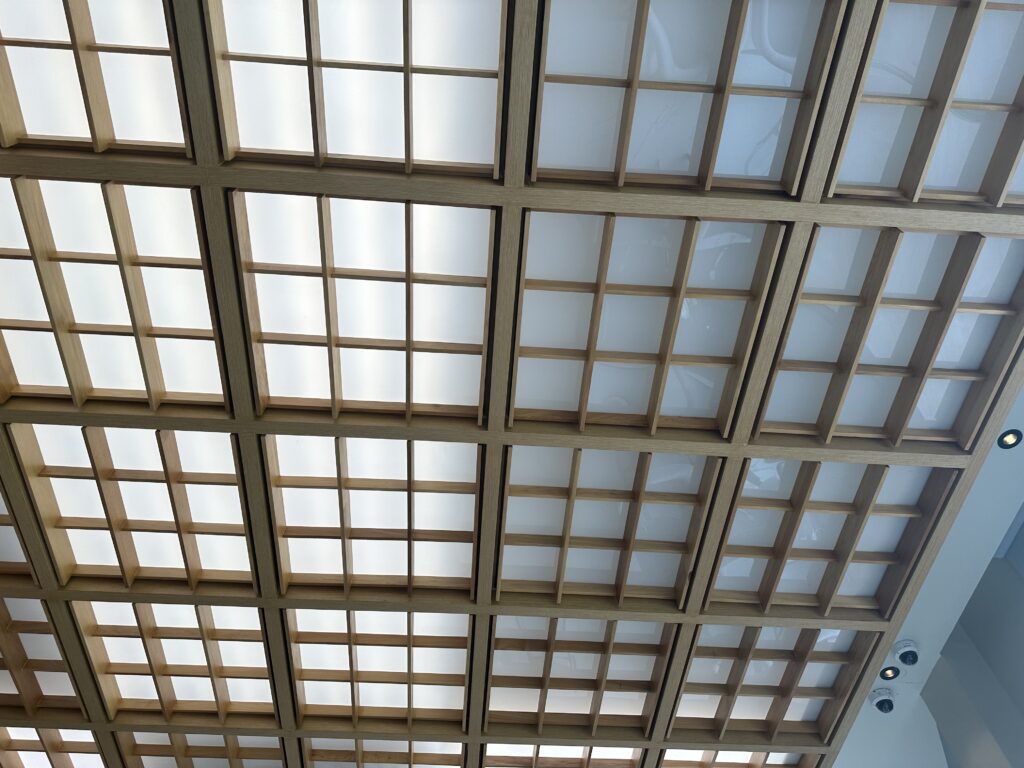
2. Decorating to cool sustainably involves using materials that are durable and can be reused without causing problems for future generations. Sustainable materials, like bamboo, are ideal because they produce high levels of oxygen and grow rapidly. Bamboo can be planted outside buildings to provide shade or used in decorative planters inside homes. Bamboo stalks can also be creatively incorporated indoors to reduce heat absorption from sunlight hitting building walls during the day. Since ancient times, bamboo has been used to weave and decorate ceilings and walls to protect against heat and facilitate good air circulation. Today, it remains popular, often blended with contemporary materials, to enhance wall decorations and contribute to sustainable cooling solutions to combat global warming.
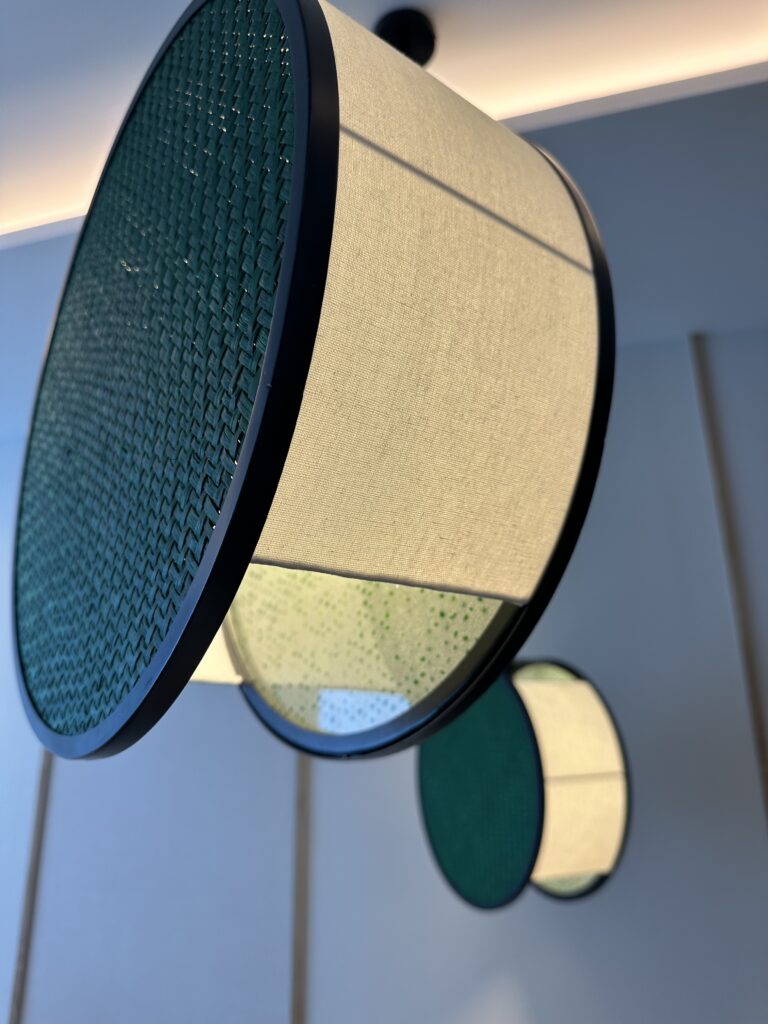
3. To transform harsh yellow lighting in your home, which can feel uncomfortably warm, consider switching to softer and cooler LED bulbs. LED bulbs, such as those in cool white, not only create a gentle and cool ambiance but also reduce electricity costs compared to incandescent bulbs like fluorescent and halogen, which generate heat and consume more power. By using LED bulbs, you can effectively change the atmosphere from a warm, orangey glow to a refreshing, cool light, enhancing the overall comfort of your home.
Another way to soften lighting is by using fabric or woven lampshades to decorate lamps, adding to eye comfort and aesthetic appeal alongside the bulbs.
4. To reduce heat-absorbing materials in decoration, avoid using dark-colored materials. For example, if using dark-colored carpets, it’s best to avoid placing them in areas exposed to direct sunlight. Similarly, dark-colored tiles like black should be avoided for flooring in areas where sunlight hits throughout the day. Additionally, opt for materials that are light-reflective or light-diffusing when decorating floors or walls. Consider the angle and impact of sunlight throughout the year to avoid creating focal points where intense heat could potentially cause overheating or even fire hazards.
5. Installing fans strategically to promote air circulation can significantly reduce accumulated heat indoors during the daytime. Placing fans to draw air out or circulate air within the house helps enhance airflow. This circulation helps mitigate the build-up of heat within the house, especially during midday hours.
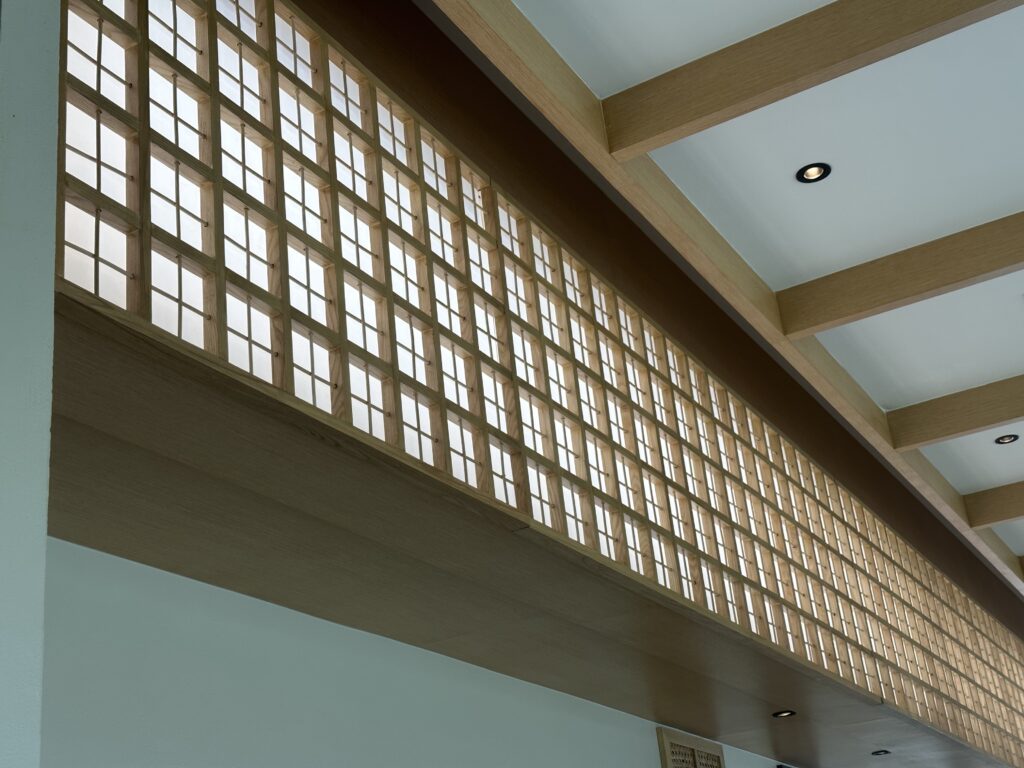
6. Installing awnings or sunshades can effectively reduce light and heat penetration into buildings. This could involve adjustable awnings that can be opened, closed, or folded away, or permanent fixtures like wooden pergolas adorned with climbing plants. Alternatively, transparent heat-resistant shades can also be used as sunshades.

7. To reduce heat accumulation, it’s advisable to use fabrics for curtains and furniture covers that have good heat dissipation properties. Opt for fabrics like silk blends, linen, and those made with modern nanotechnology that facilitate effective heat dissipation while preventing dust accumulation and moisture buildup.
8. For the interior walls of your home, choosing tiles or wall colors that facilitate heat dissipation can prevent heat buildup and maintain a comfortable environment. Opt for colors that lean towards cooler tones, such as light blue or soft green. It’s best to avoid bright and intensely warm wall colors that may create discomfort. However, if you prefer some decorative accents with vibrant colors, you can incorporate them in pillows, artwork, or decorative items as appropriate.
This hot season presents a great opportunity to update both the interior and exterior colors of your home before the rainy season arrives.

9. To add freshness, you can decorate with plants and flowers using decorative planters, hanging pots, and flower vases. You may mix in artificial plants for easier maintenance, but real plants can provide oxygen and increase humidity inside your home. They also help alleviate accumulated heat. Plants can be placed throughout your living spaces, but for bedrooms, consider using only flower vases since plants require oxygen during the night.
When choosing plants, consider their tolerance to shade or sunlight. Also, indoors, check the soil and planters for toxic substances or pests.
10. Installing air fresheners inside the home can help create a refreshing atmosphere and make the indoor environment feel cooler. For instance, scents like peppermint or citrus can provide a fresh sensation. Lavender fragrance, on the other hand, can help reduce heat with its calming aroma. There are various brands and types of air fresheners available nowadays, allowing you to incorporate them as part of your home decor.
Implementing these 10 simple ideas can significantly enhance the comfort and livability of your home during both hot and rainy seasons. By choosing heat-reflective materials, improving air circulation with fans, and using awnings or sunshades to regulate sunlight, you can effectively manage indoor temperatures. Additionally, incorporating plants for natural cooling, upgrading to LED lighting, and selecting soothing color schemes contribute to a cooler and more inviting atmosphere. With these strategies in place, your home can remain a comfortable retreat no matter the weather outside.







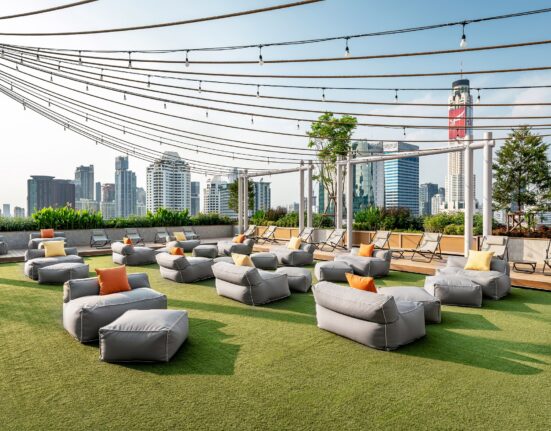
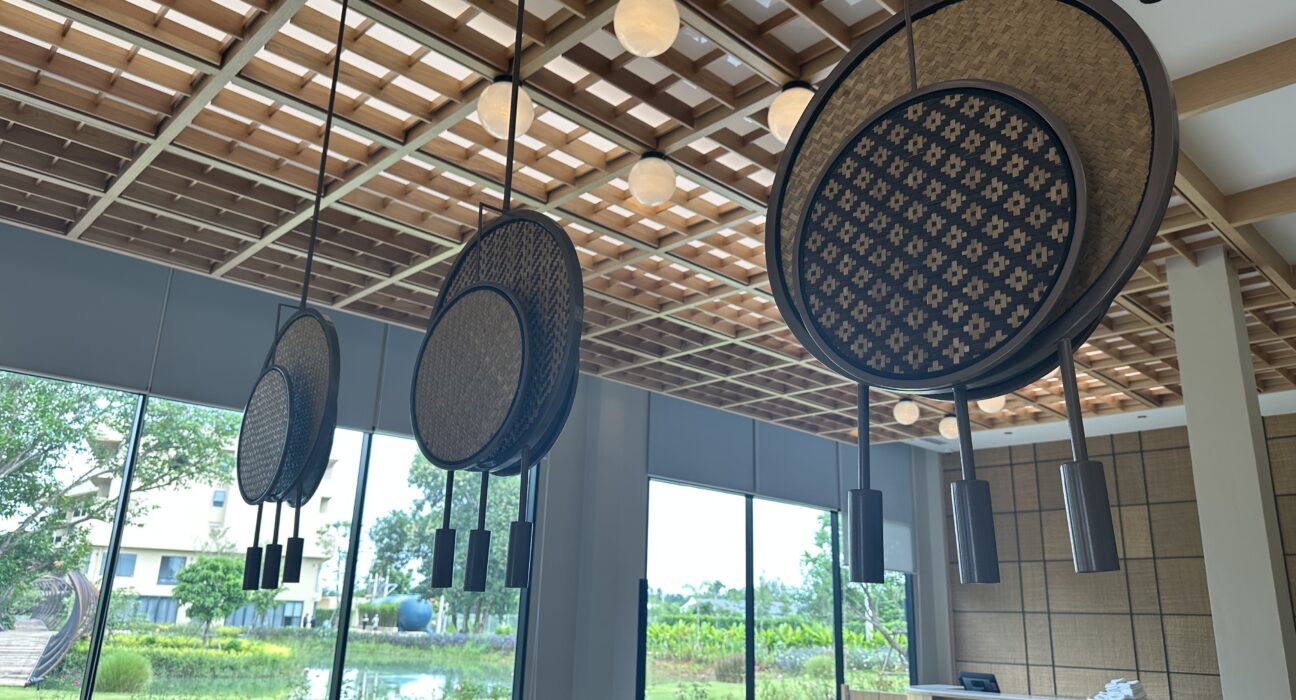
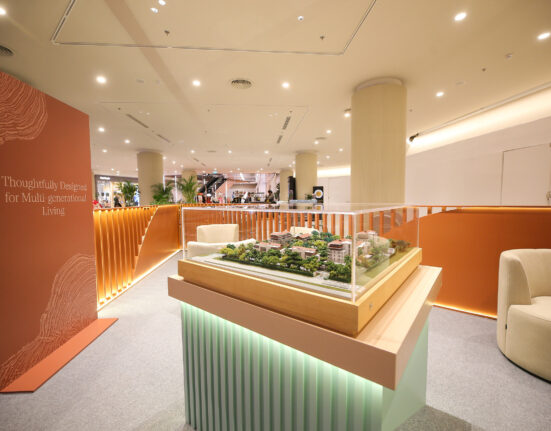





Leave feedback about this